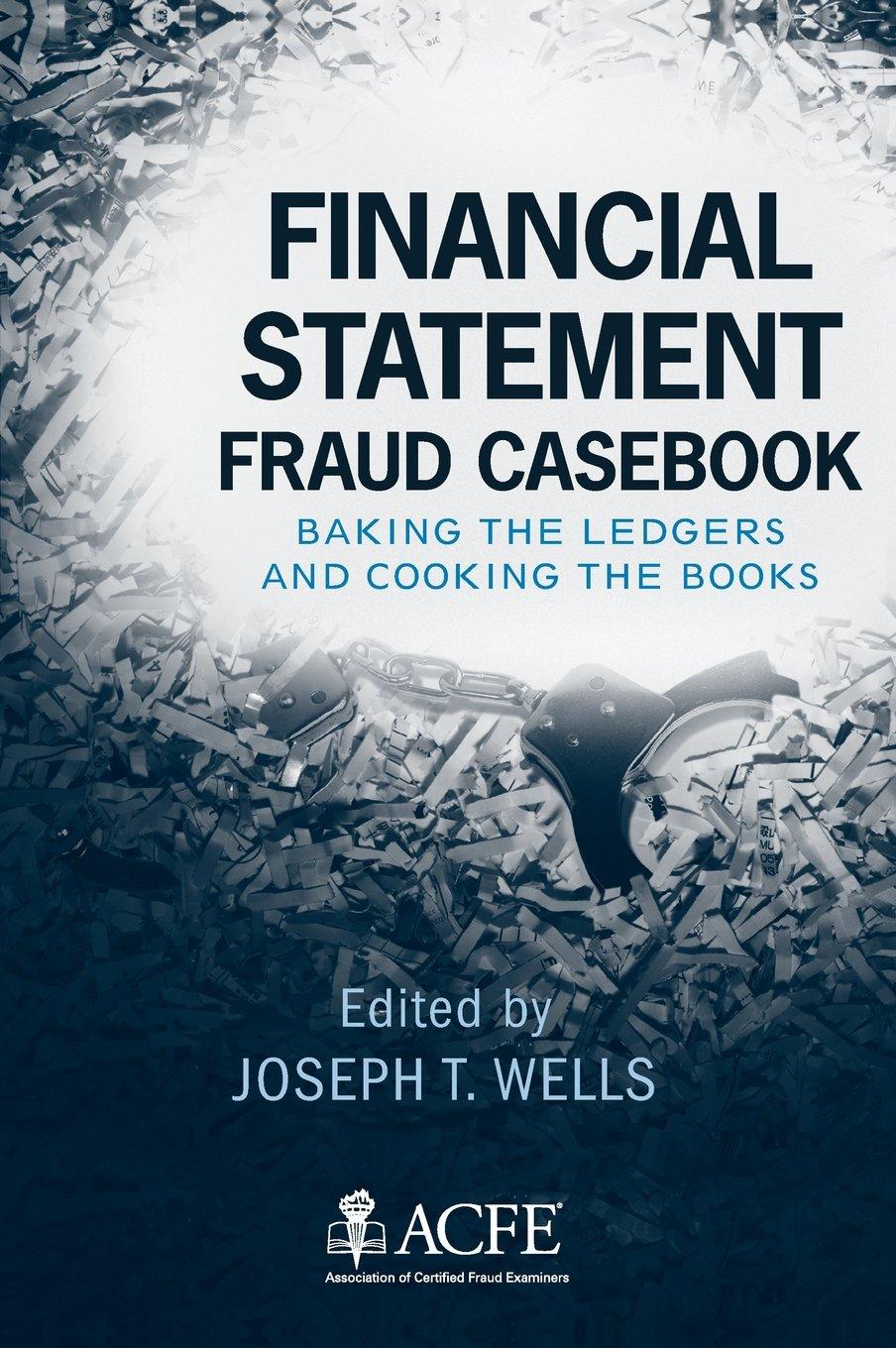



Statement of Earnings Sales revenue (1/3 on credit) Cost of sales Expenses (including interest and income tax) $ 480,000 (264,000) (163,200) $ 840,000 (420,000) (319,200) Net earnings $ 52,800 $ 100,800 Selected data from the 2016 statements follows: $23,000 89,000 75,000 $ 43,000 42,000 77,500 Accounts receivable (net) Inventory Long-term debt Other data: Share price at end of 2017 Income tax rate Dividends declared and paid in 2017 Number of common shares during 2017 $ 18 30% $39,000 15,000 $ 15 30% $180,000 50,000 The companies are in the same line of business and are direct competitors in a large metropolitan area. Both have been in business approximately 10 years, and each has had steady growth. The management of each has a different viewpoint in many respects. Blair Company is more conservative, and as its president said, "We avoid what we consider to be undue risk." Neither company is publicly held. Armstrong Company has an annual audit by an independent auditor, but Blair Company does not. Required: 1. Complete a schedule that reflects a ratio analysis of each company. Use ending balances if average balances are not available. (Round intermediate calculations and final answers to 2 decimal places.) Answer is complete but not entirely correct. Ratio Armstrong Company Blair Company Tests of profitability: Return on equity 20.90 % 14.20 X % 3.20 % 3.00 X % Return on assets Financial leverage percentage Earnings per share 96.56 X % 19.53 X % $ 3.52 $ 2.02 per share % per share % 11.00 12.00 Profit margin Fixed asset turnover 4.12 times 2.26 times Tests of liquidity: Cash ratio 0.33 0.50 Current ratio 1.88 1.90 Quick ratio 0.67 1.16 5.33 times 7.37 times 2.40 times 10.60 X times Receivables turnover Inventory turnover Tests of solvency: Times-interest-earned ratio Debt-to-equity ratio 28.80 X times 54.19 X times 0.72 0.53 x Markat taste. Tests of profitability: Return on equity 20.90 % 14.20 X % 3.20 X % 3.00 X % Return on assets Financial leverage percentage Earnings per share 96.56 % % 19.53 x % $ 3.52 $ 2.02 per share % per share % Profit margin 11.00 12.00 Fixed asset turnover 4.12 X times 2.26 X times Tests of liquidity: Cash ratio 0.33 0.50 Current ratio 1.88 1.90 Quick ratio 0.67 1.16 5.33 times 7.37 times 2.40 times 10.60 times Receivables turnover Inventory turnover Tests of solvency: Times-interest-earned ratio Debt-to-equity ratio 28.80 X times 54.19 X times 0.72 0.53 X Market tests: 5.11 7.43 Pricelearnings ratio Dividend yield ratio 14.44 % 24.00 %










